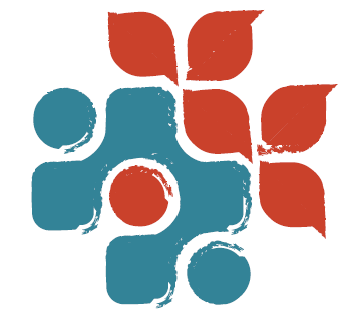Neuroplasticity and Movement. You Can Teach An Old Dog New Tricks.
Up until quite recently, it was believed that the brain was static; that it wasn’t able to adapt and change once it was fully developed. Now we know better, because neuroplasticity says so.
Wikipedia defines Neuroplasticity (also known as Neural Plasticity) as the ability of neural networks in the brain to change through growth and reorganization.
This is true for many things including emotions, experiences, language, and what we will focus on here: movement.
It’s neuroplasticity that allows people with traumatic brain injuries who were told they weren’t going to walk again, to walk again.
If we bring it into our Pilates and Physio world, it’s also the ability to learn new movements, or retrain muscles that were damaged after some sort of trauma like injury or surgery or simply improving your posture. All of these situations require neuroplasticity and that neuro growth and reorganization is NOT easy. It’s the challenge that comes from patting your head and rubbing your stomach, or doing the Criss Cross in mat work exercises. As I always say, the most challenging exercises are the ones you need to work on the most. This kind of brain work is exhausting; it also keeps our brain strong and adaptable. So now we know where the saying you can’t teach an old dog new tricks comes from and now we know it isn’t true. It just requires some hard work, dedication and repetition to sink in!
When we want to learn a new movement in the Pilates studio these are the stages we go through thanks to neuroplasticity:
1.Unconsciously doing it incorrectly (this is where your Pilates teacher cues you..”sit up straight, your side bending not rotating”, etc).
2.Conscious you're doing it incorrectly (this is where you see your Pilates teacher about to cue you and you say, “I know, I know” or you just do the correction on your own when they look at you).
3.Conscious you’re doing it, but not doing it well (this is where you’ve got it, but it needs some fine tuning).
4.Unconsciously doing it (this is where you master the movement without even thinking about it…second nature, if you will).
To change a pattern or master a movement it takes a TON of repetition and hard work, sweat and sometimes maybe even tears, but it’s worth it in the end. Then you’re ready for your Pilates teacher to give you the next challenging exercise and repeat steps 1-4 above.
